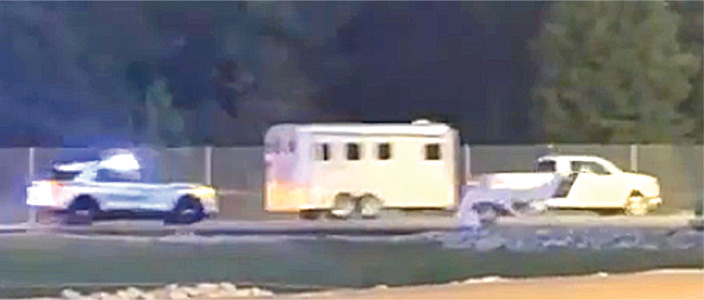Do your dread rainstorms? Whenever it rains, your yard turns into a mucky swamp. To make things even worse, your lawn stays wet for a long time afterward. Meanwhile, all your neighbors’ backyards are dry the next day. Are you wondering why your yard gets the short end of the stick? Here are some reasons your lawn isn’t draining properly and how to deal with them.
Soil Retains Too Much Moisture
What kind of soil do you have in your yard? Some soils retain moisture better than others. When you have moisture-retaining soil, rainwater takes much longer to absorb into the ground. This means it could take several days post-storm before standing water starts to disappear. If you live in a particularly rainy area, it can seem like the standing water never goes away.
Clay soil is one kind of soil that can retain moisture. It’s especially common in the Midwest. If you suspect you have clay soil or another moisture-retaining soil, till it up and add dirt and sand. This will help the water drain faster.
Grading Issues
Another reason your lawn isn’t draining properly is because it’s graded (or sloped) improperly. The way your lawn is graded can cause rainwater to pool in certain areas. Ideally, your yard should be graded so the land near your house is highest and the land near your property line is the lowest. This keeps rainwater from pooling around the foundation of your home. A storm sewer or street is usually located near the end of the slope.
If your yard is improperly graded, rainwater might not make it down to the drain or the street. Instead, it pools in your yard. The solution is to either have your lawn re-graded or install a new drainage system in the areas the water is pooling.
Lots of Shade
Mature trees can really add to the curb appeal of your home. They can also supply a lot of shade. Shade is nice when you need a break from the sun and sweltering summer heat—but when it rains, that shade can prevent standing water in your yard from drying.
Large trees can stop adequate amounts of sunlight from reaching your yard. Because of this, areas under the shade will take much longer to dry. This can lead to other problems such as mold and fungi growth since they’re both attracted to moisture. To solve a soaked lawn caused by abundant shade, trim your trees. Determine which areas take the longest to dry after a storm and trim the branches hanging directly overhead.
A lot of problems can lead to poor yard drainage, but luckily, there are also plenty of solutions to these problems. If you need help finding or implementing a solution to your drainage problems, contact a professional landscaper.






